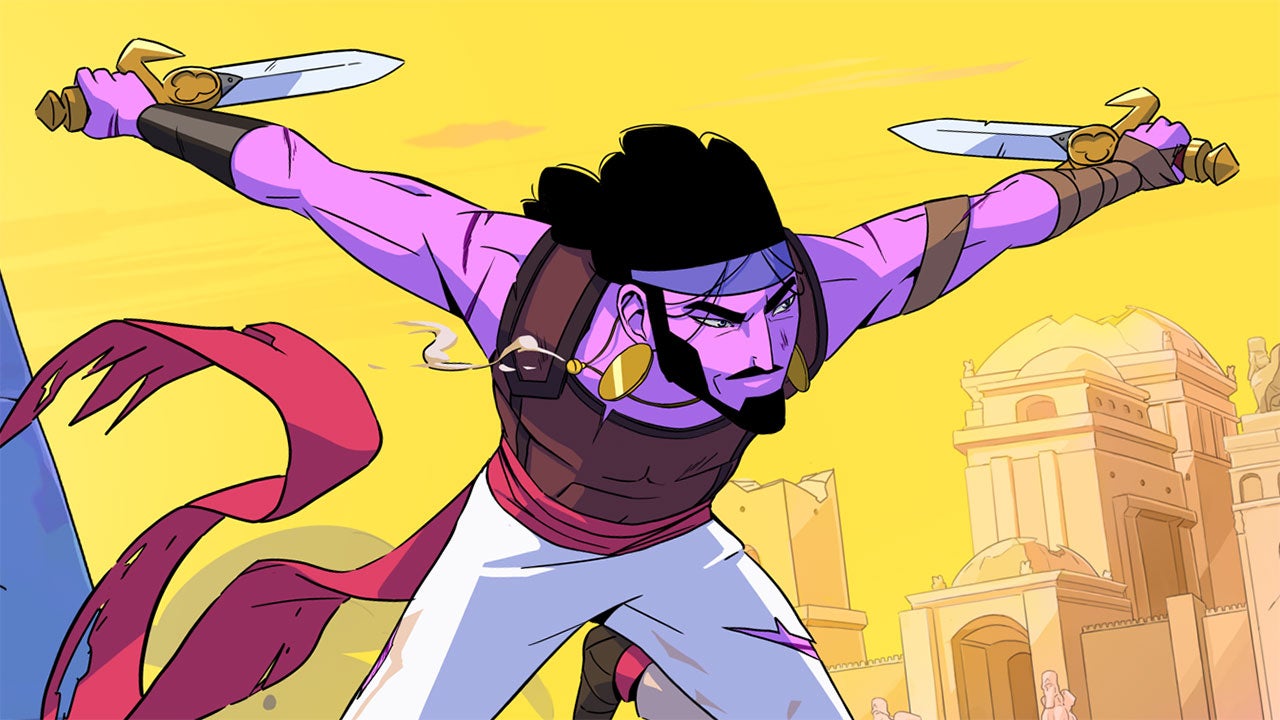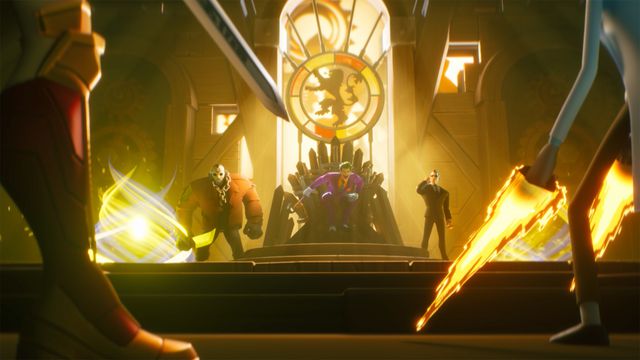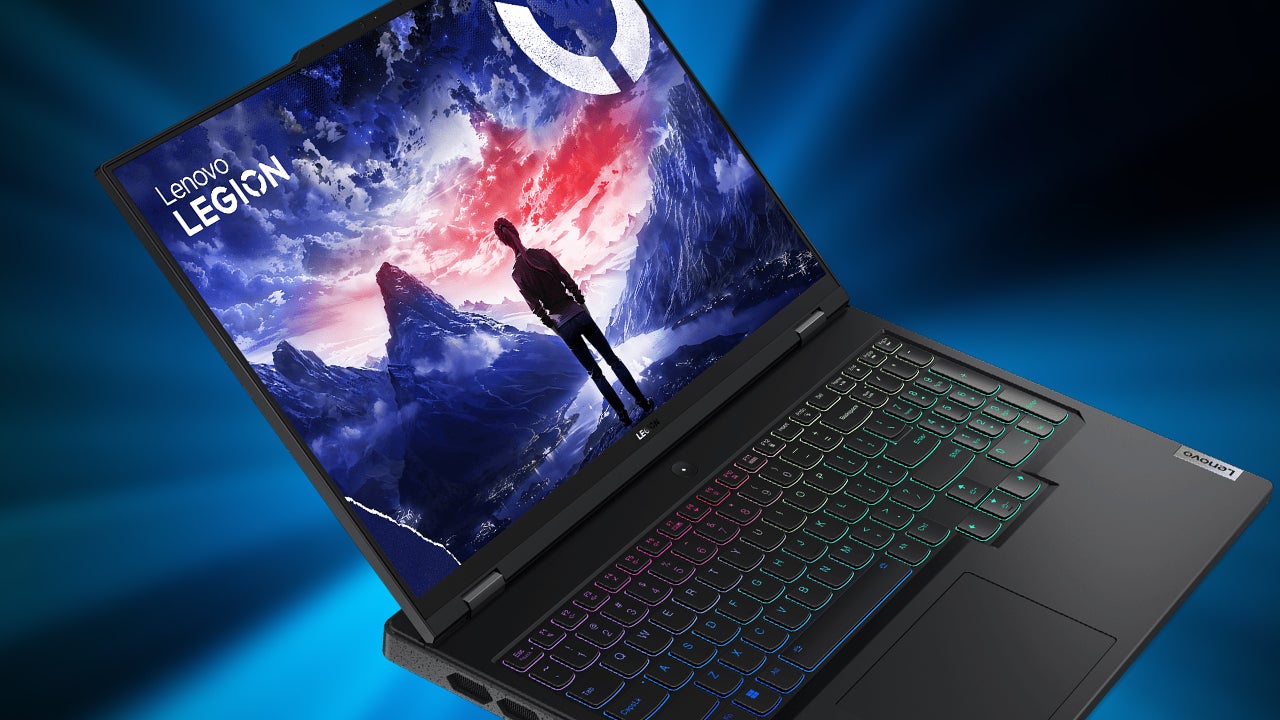The Prince of Persia has gone rogue! No, I don’t mean that he’s married a Hollywood actress, moved to California, and spilled the royal tea in a tell-all interview with Oprah. I mean he’s starring in his first 2D roguelite. Hot off the heels of the series’ excellent return to form in January’s The Prince of Persia: The Lost Crown, his sword-swinging highness is stepping away from the Metroidvania structure and into the procedurally generated, live, die, repeat mold of Dead Cells, in The Rogue Prince of Persia. While I’ve only had a very short amount of hands-on time with the upcoming adventure, the early signs suggest that this could well be the second dazzling jewel added to the Prince’s crown in less than the space of a year.
The Rogue Prince of Persia may not look exactly like Dead Cells – it swaps the latter’s 16-bit sprites for a stylised sheen more befitting a Saturday morning cartoon – but it certainly plays like Dead Cells. This should come as no surprise given that it’s being crafted by developer Evil Empire, the team behind the superb Dead Cells: Return to Castlevania and Dead Cells: The Queen and the Sea expansions. (Evil Empire splintered off original Dead Cells developer, Motion Twin). The basic structure is the same; during each run you explore randomly generated 2D slices of thematically distinct regions – in the case of my hands-on, a sprawling village area and the slippery surfaces of an Aqueduct – slaughtering enemies for gold and hunting for the deadliest weapon upgrades along the way. There are even portal gates to activate as you progress, allowing you to quickly blink back and forth around the ever expanding 2D map in order to uncover any secrets you may have missed.
The initial enemy types also seem familiar, particularly the bolt-blasting archers and bomb-hurling grenadiers which are palette-swapped versions of the foes found in Dead Cells’ opening dungeon areas, and the weapons you’re given to dispatch them with are similar too. I began my first run in The Rogue Prince of Persia with a primary pair of twin blades for close-up attacks and a secondary compound bow for ranged assaults, and subsequently got my hands on a variety of swords, javelins, and bladed flying discs to use in order to spectacularly tear through the angry hordes that stood in my path, accompanied by a propulsive Arabic electro beat.
There are some key differences, though, at least in terms of movement. The Prince is far more acrobatic than The Beheaded from Dead Cells, and with a squeeze of the left trigger he’s able to wall-run in both horizontal and vertical directions. It’s a classic steep-surface sprinting style that’s straight out of The Sands of Time series, and it serves multiple purposes. Not only is it useful for boosting up to hard-to-reach areas or to scurry over an enemy’s head and open them up to a surprise attack from the rear, but mastering the use of the Prince’s more fleet-footed feats is essential in order to successfully steer around the optional challenge rooms. I came across two of these trap-filled tombs during my hands-on, and had a blast wall-sprinting past spinning saw blades and flipping between spike-lined walls on my way towards triumphantly cracking open a treasure chest.
In addition to his primary and secondary weapon attacks, the Prince is also capable of delivering a powerful kick, and I found it very tempting to ‘This is Sparta’ every enemy I could either into deadly pits, or clattering into each other like dopey dominoes. However some foes were immune to my belligerent Gerard Butlering, packing a blue shield barrier that had to be whittled away with a flurry of sword slashes before I could forcefully introduce them to the underside of my sandals.
Each of the Prince’s attacks can be upgraded with various Medallions as you progress, like poison for your arrows, sticky resin for your sword attacks to slow the movement of your enemies, and flames for your feet to make your kicks ignite your foes in a blaze of gory. I also found a sacrificial altar in one dark corner of the opening stage that gave me the choice of surrendering 200 of my precious hit points in exchange for a high level royal saber, which made me pause to briefly weigh up the risk versus the reward.
I ultimately took the deal, although it subsequently proved to be my undoing when I came up against The Rogue Prince of Persia’s first boss, a rampaging red minotaur that greeted me at the end of the Aqueduct area. Despite my best efforts to wall-run over the waves of jagged rock that surged towards me after each of the boss’ ground-pounding attacks, and my use of the Stealth Assault blade upgrade to teleport behind the beast to sneak in a few sword slashes before it could spot me, my already depleted health bar wasn’t robust enough to go the distance. Eventually the hulking monstrosity mino-tore me to shreds, at which point I respawned at the sanctuary hub area, raring to go again.
Unfortunately that’s where my demo came to its end, but it was certainly a great deal of fun while it lasted. There’s no question that Dead Cells walked so that The Rogue Prince of Persia could wall-run, but although its fundamentals may be familiar, the greater freedom of movement and striking art style of Evil Empire’s new adventure has certainly made me keen to explore it more and experiment further with its various weapons and buffs. The good news is that it’s not long until we can all get our hands on an at least partially complete version of the regal roguelite, since The Rogue Prince of Persia is set to enter Steam’s Early Access on May 14. Ready your scimitar, because this one looks like it could be well worth a stab.
Tristan Ogilvie is a Senior Video Editor at IGN's Sydney office. He rarely tweets, but when he does he can be found here.










